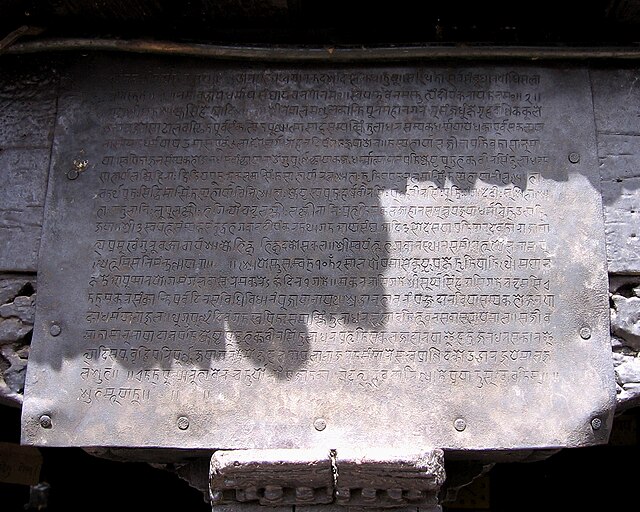Newar, or Nepami, are the historical inhabitants of the Kathmandu Valley and its surrounding areas in Nepal and the creators of its historic heritage and civilisation. Newars form a linguistic and cultural community of primarily Indo-Aryan and Tibeto-Burman ethnicities following Hinduism and Buddhism with Nepal Bhasa as their common language. Newars have developed a division of labour and a sophisticated urban civilisation not seen elsewhere in the Himalayan foothills. Newars have continued their age-old traditions and practices and pride themselves as the true custodians of the religion, culture and civilisation of Nepal. Newars are known for their contributions to culture, art and literature, trade, agriculture and cuisine. Today, they consistently rank as the most economically and socially advanced community in Nepal, according to the annual Human Development Index published by UNDP. Newars are ranked the 8th largest ethnic group in Nepal according to the 2021 Nepal census numbering 1,341,363 people constituting 4.6% of the total population.

A Newar woman wearing traditional clothes
Newar traders in Lhasa in the 1940s.
The Nyetamaru Ajima masked dance is performed at Nyeta in Kathmandu in April.
Vasudhara Mandala, by Jasaraja Jirili, Nepal, dated 1365.
Newar or Newari, known officially in Nepal as Nepal Bhasa, is a Sino-Tibetan language spoken by the Newar people, the indigenous inhabitants of Nepal Mandala, which consists of the Kathmandu Valley and surrounding regions in Nepal.
A line from an inscription dated 1706 using the term "Nepāla Bhāṣā" in Pracalit script to refer to the language.
A stone inscription in Classical Newar at Bhaktapur.
Copper plate inscription at Swayambhunath, dated Nepal Sambat 1072 (1952 AD)
ka kha yā mye ("a song of ka and kha"), a Newar language poem written by Briddhi Lakhmi, the queen consort of Bhaktapur.








